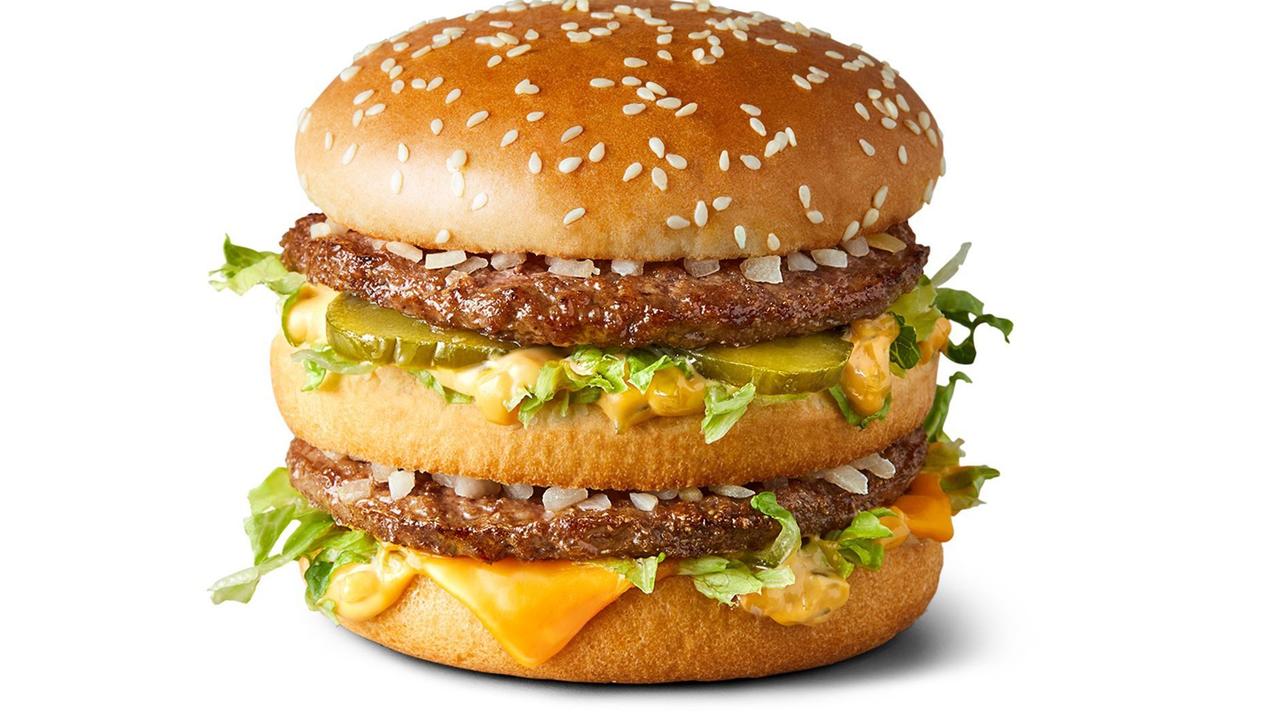Are chickpeas a superfood? How this pea could make you healthier
A member of the legume family, chickpeas have a delicious nutty taste, creamy texture and are extremely nutritious. Here’s how to cook with them.
Slightly bigger in size than a pea, chickpeas may be tiny but are certainly well-deserving of their superfood status, being packed full of nutrients and health benefits. One of the world’s earliest cultivated legumes, they feature heavily in many world cuisines and have been embraced by vegans and vegetarians as their preferred choice of protein.
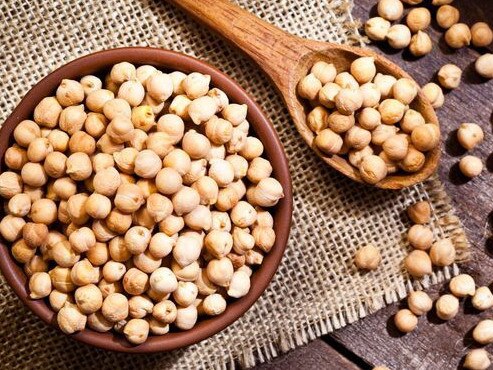
Health benefits of chickpeas
Chickpeas are extremely filling due to their high soluble fibre content which can assist with healthy weight management. Soluble fibre also acts as a prebiotic, meaning it helps feed and promote healthy bacteria in your gut.
They are also high in insoluble fibre content which assists digestive health. It helps food pass more quickly through the digestive tract, helping relieve constipation and potentially reducing the risk of certain cancers, especially colon cancer.
Chickpeas are an excellent source of low-fat plant protein (over 12g per one cup cooked) so they’re ideal for those following a vegetarian or vegan diet. They also contain moderate amounts of low GI carbohydrate and are fibre-rich (approx. 13g per cup).
Suitable for diabetics, chickpeas provide slow-release energy and are associated with a reduced risk of chronic diseases including diabetes and heart disease.
Chickpeas are also rich in phytonutrients (especially in their thin outer layer) with disease-fighting properties.
Chrissy Freer, taste.com.au’s expert Nutrition Editor tells us: “We should all be eating more legumes such as chickpeas because they’re environmentally sustainable and a nutritious source of plant-based protein.”
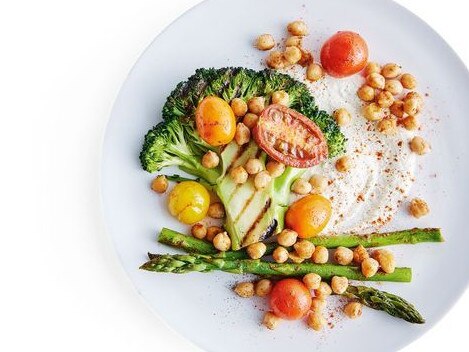
Are chickpeas low FODMAP?
For those following a low FODMAP diet, chickpeas can generally be tolerated in small amounts. This would amount to around 1/4 cup canned chickpeas per serve but ensure you rinse them well.
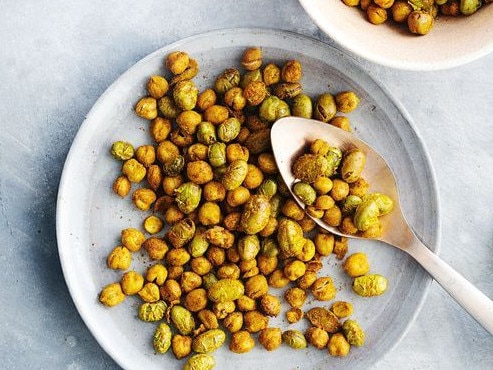
How to buy and prepare chickpeas
In Australia, chickpeas are readily available from supermarkets, either dry or canned and are relatively inexpensive.
Canned chickpeas are already cooked and can be used straight from the can, just drain the water they come with (called aquafaba) and rinse to remove salt. As a side note, aquafaba works great as an egg-substitute in vegan cooking.
Dried chickpeas are best soaked overnight and then cooked in boiling water.
For a detailed explanation on how to cook dried chickpeas, take a look at our guide here.
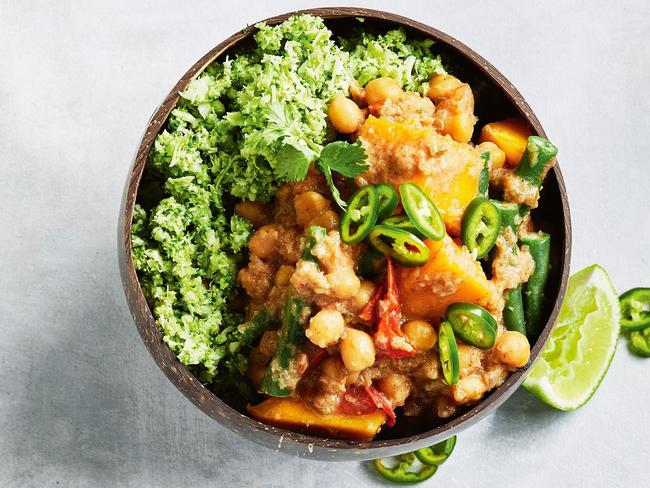
Cooking with chickpeas
Chickpeas are wonderfully versatile. Here are just some ideas on how to use them:
- Mashed up in dips, especially hummus.
- In curries and stews, either with meat or as the main protein ingredient
- Tossed through salads
- Cooked in soups, either blitzed or whole
- Roasted with spices for a delicious snack
Can I freeze chickpeas?
Yes, you can easily freeze chickpeas because their texture or taste won’t be compromised when defrosted. Drain and cool down cooked chickpeas, then place in a freezer bag or a container. If using a bag, flatten the contents down so it fits more easily into your freezer and it defrosts quicker. You can keep chickpeas in the freezer for up to three months.
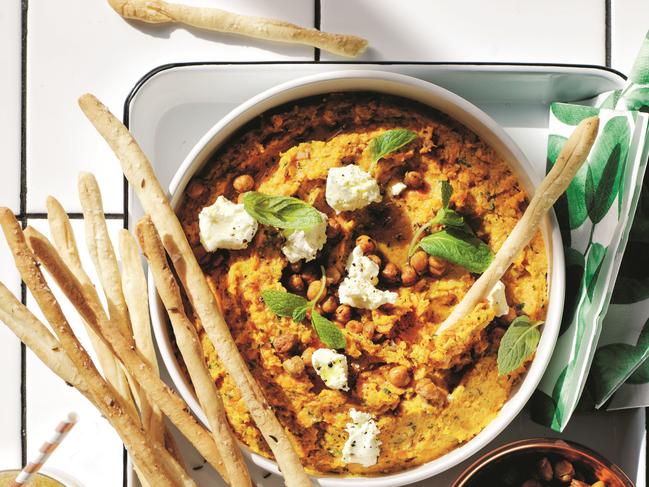
Our best chickpea recipes
Indian cauliflower and chickpea tray bake
Vegetarian chickpea and avocado wrap
Read more about chickpeas
Matt Preston cooks with chickpeas
One can of chickpeas, so many meals
Chickpea dishes you’ve never thought of
For more recipe ideas, go to taste.com.au or check out the Taste Test Kitchen now.
Originally published as Are chickpeas a superfood? How this pea could make you healthier

